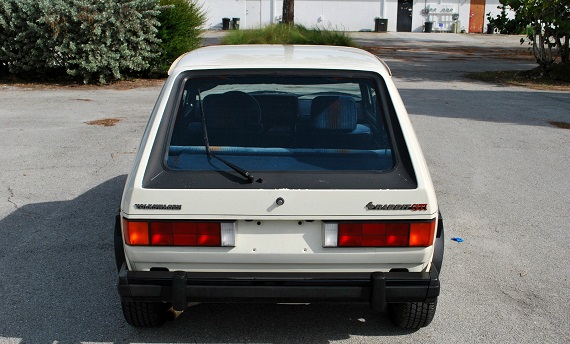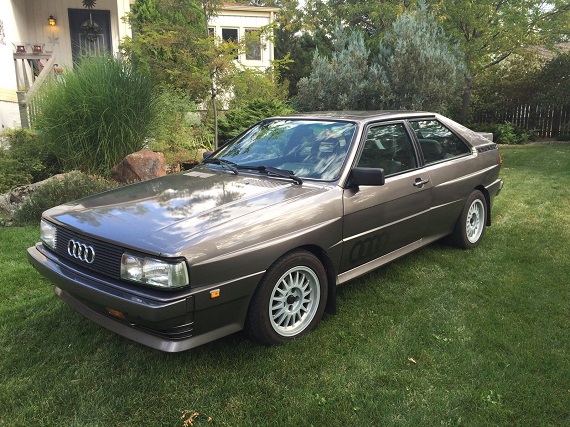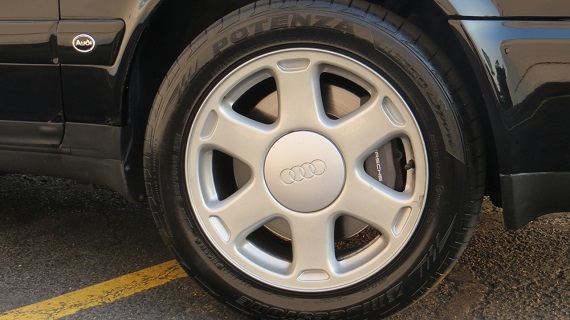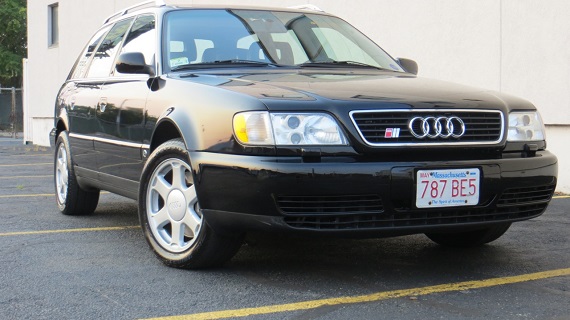It’s a bit sad that there is such a huge generation gap when it comes to the letter “i”. Teaching college level students, were I to write the lower case letter “i” up on the board and ask the meaning, immediate answers of “iPhone”, “iPod” or “iPad” would pop up. Perhaps some of the more clever individuals would associate it with “intelligent”. Apple has transformed the meaning of the lower case letter “i” for entire generations of people who will grow up not knowing what it means to my generation. For example, were I to write the word “carburetor” on the board and ask the meaning, outside of some motorcycle enthusiasts and perhaps a few into older cars, I’m willing to bet very few would know what the word meant, likely associating it with carbonated beverages before internal combustion engines. But in the 1970s and 1980s, “i” was a magical letter which indicated greater performance and improved reliability. It ranged from exotics like the Ferrari 512BBi right through the 2002tii, and while some of the systems were less dependable than others, by the time we got to Bosch’s continuous injection system, German cars were universally the best running, most dependable cars you could get into. In fact, one could argue that most of the success of the German car industry boils down to not their legendary build quality nor the advanced designs they pioneered, but the dependability of the fuel injection system. “i” meant a higher level of performance, and instead of simply being a necessity for every teen to mindlessly separate from society it was a way to indicate you had arrived, and you had arrived in style thanks to your fuel injected cars. Audis sported “Fuel Injected” badges proudly up through 1985; Mercedes-Benz attached an “e” for Einspritzung to nearly every model, while virtually every BMW sported an “i” badge for several generations, and some still do. But enthusiasts of the Volkswagen front point to one very special “i” which followed the Grand Turismo letters on the Mk.1 Golf chassis as the most classic hot hatch the market has ever seen:
Tag: legend
Motorsports seems to undergo a giant leap every decade or so, where rules changes or massive shifts in technological innovation immediately render the existing designs antiquated. I was thinking of this while watching Le Mans a few nights ago; only a decade after the swoopy 917s ruled the tracks of Europe, the ground effects era of the 956/962 would be ushered in. Fast forward another 10 years and they’d be effectively completely gone because of rule changes as prototypes moved towards open cockpit designs once again. Innovation was not limited to prototypes, though; everything from touring cars to Formula 1 goes through similar cycles of design and innovation, and for fans of each series there are favorite periods. For many in Formula 1, there are the evocative memories of the wingless Cosworth-DFV powered V8 missiles sliding around Spa’s course – or perhaps the flame-spitting Turbo Era and the birth of the Senna legend. For Touring Car fans, it comes down to preference, but I love watching those early to mid-1990s BTCC races, personally. And in World Rally, for many it’s the era that defined the spectacle of the WRC; the roaring Quattro and it’s complete revision of the rules of how to go off-road racing. Big budgets, legendary designers and drivers, an unconventional layout and one absolutely roaring 5-cylinder soundtrack was a recipe worthy of the notoriety the Quattro has gained:
CLICK FOR DETAILS: 1982 Audi Quattro Rally on Classic Driver
1 CommentThe excellent line of C4 Audis I’ve had the pleasure of writing up continues today! If you recall my last post about the 1995.5 S6 Avant, you’ll remember that I spoke about these cars having a bespoke feel. Here’s a great example of what I meant; what we have is a very desirable 1995 S6 Avant. Unlike the 1995.5, the 1995 model got the updates of the S4 to S6 like the bumpers, but retained the early driver-actuated differential lock rather than the ABS-system reliant electronic differential lock. But some of the differences were more subtle than just that; there were changes to the headrests, for example, though the Avants early on kept the open center headrests rather than the solid units found in later sedans and Avants. You’ll note, if you look carefully, that the 1995.5 in our other featured listing had the solid headrests. That would place this as an early 1995 S6, but some of the early cars carried over the forged Fuchs wheels associated with the S4, this car has the later Speedline-made Avus wheels in place. You’ll also note, again if you look carefully, that the early 1995 S6s retained the infrared central locking system (denoted by a button on the B-pillar) – a system later replaced by the radio frequency system found on newer models. Sure, these are all small items, but they’re interesting tidbits that once again make nearly each Avant a unique car – few are identical. This particular car was also specified in the classic color combination of double black; a classic color combination which gives this lovely example a sinister and standout presence:
CLICK FOR DETAILS: 1995 Audi S6 Avant on eBay
Comments closedObviously I’m the big Quattro fan here at GCFSB, and I’ve carefully tried to track nearly every example that comes to market in the U.S.. I was frankly a bit surprised to see this one pop up, as it comes from a fellow enthusiast who has really enjoyed using the car as a collectable show car over the past few years. A staple at European events like S-Fest and Carlise, this Quattro has been seen and admired by many, who now have the opportunity to own their own rally legend:









